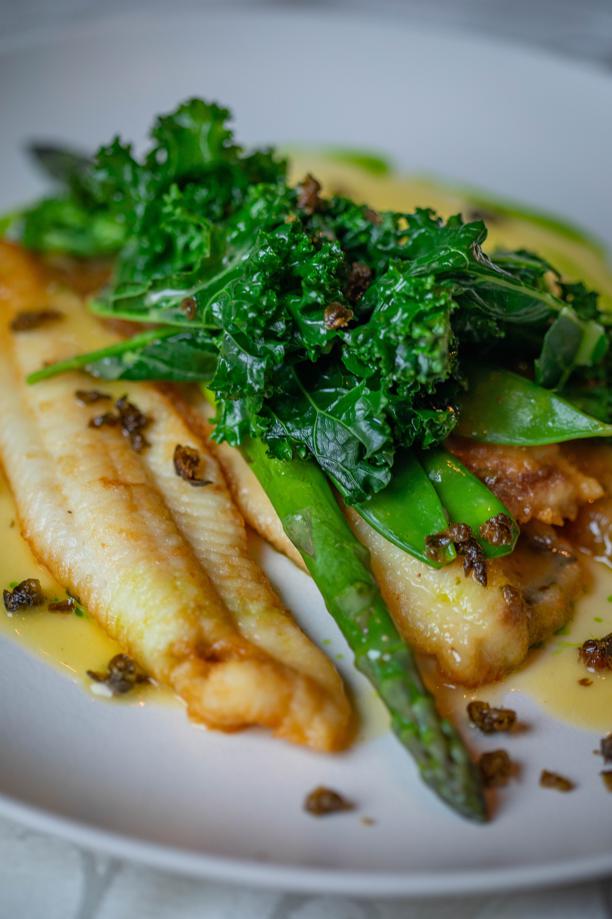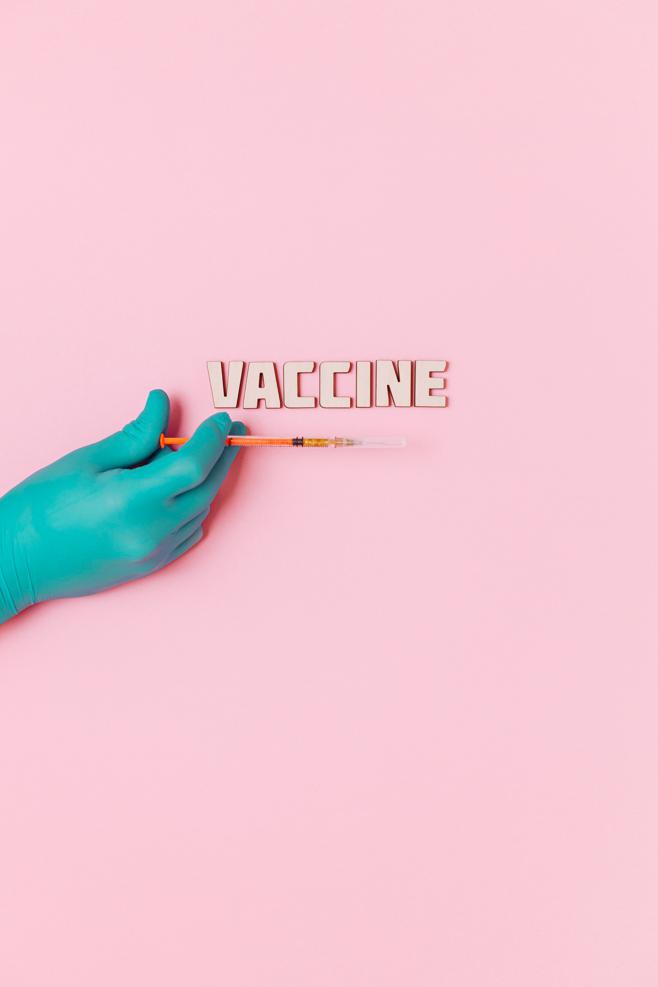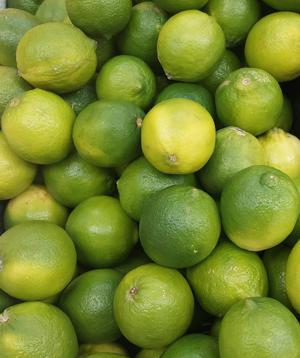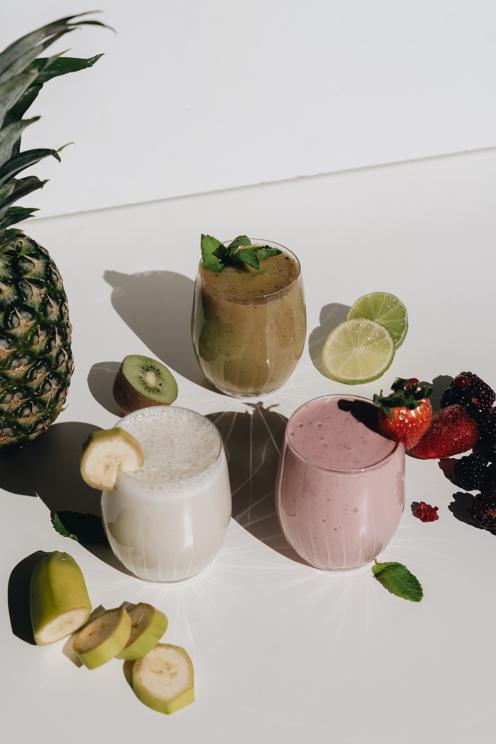Sources Of Sodium In Food
Sodium is an essential mineral, but getting too much of it can be dangerous for our health. In this blog, we’ll explore the various sources of sodium in food and discuss why limiting the amount of sodium in our diets is so important.
We’ll also provide tips on how to reduce sodium intake, so that you can enjoy a healthier and more balanced diet.
Sources of sodium in food


Sodium is a mineral found in many foods, and it’s essential for keeping our bodies functioning properly. But too much sodium can be harmful to your health, leading to high blood pressure and other health risks. Knowing the sources of sodium in food is key to managing your sodium intake.
Knowing the sources of sodium in food is key to managing your sodium intake. Common sources of sodium include table salt, processed foods, canned foods, condiments, and restaurant meals. It’s also important to note that some natural foods, such as beets, celery, and cheese, are high in sodium.
The best way to keep track of your sodium intake is to read food labels and be mindful of your food choices. By making informed decisions about the foods you choose, you can take control of your sodium intake and your health.
Benefits of sodium in foods


Sodium is an essential mineral for human health, and it can be found in many of the foods we eat. From seasonings and condiments, to processed and packaged foods, sodium is found in a variety of sources. Eating a diet that contains an adequate amount of sodium can help to maintain fluid balance, nerve and muscle function, and even helps to regulate blood pressure.
While sodium is essential for health, it is important to remember that too much sodium can have negative health effects. It is important to be aware of the different sources of sodium in food and to practice moderation when it comes to sodium consumption.
Knowing the benefits of sodium in foods as well as the sources of sodium can help you make healthier choices and keep your diet in balance.
Risks of consuming too much sodium


Sodium is an essential mineral found in many foods, and it plays an important role in maintaining a healthy body. However, consuming too much sodium can have serious health risks. Excessive sodium intake can increase blood pressure, which can lead to stroke, heart disease, and other health complications.
It’s important to be aware of the sources of sodium in your diet, so you can make sure you’re not overdoing it. Common sources of sodium include processed and packaged foods, canned goods, and restaurant meals.
Additionally, some condiments, such as soy sauce, can also be high in sodium. Taking steps to reduce your sodium intake, such as avoiding processed and packaged foods, limiting condiments, and choosing fresh ingredients, can help you stay healthy.
Tips to reduce sodium intake


Sodium is an essential part of many of our diets, but too much sodium can have serious health consequences. To reduce your sodium intake and maintain a healthy diet, it’s important to understand the sources of sodium in food.
Additionally, some natural sources of sodium can be found in foods like dairy products, seafood, and certain vegetables. To reduce your sodium intake, start by reading food labels and identifying the sodium content of the foods you buy.
Then, look for ways to reduce sodium in your diet by substituting lower-sodium options for higher-sodium items. For example, you might use herbs and spices to replace some of the salt in a recipe, or choose fresh or frozen fruits and vegetables instead of canned.
Foods low in sodium


Eating a balanced diet is important for maintaining a healthy lifestyle, but one key component to consider is sodium. Too much sodium can lead to high blood pressure and other health issues.
Fruits, vegetables, and whole grains are all great sources of nutrition that are naturally low in sodium. Lean proteins like fish, poultry, and beans are also great options.
Dairy products are usually low in sodium, too—just make sure to read the nutrition labels and choose low-sodium options. Canned foods can be high in sodium, so try to buy fresh and frozen whenever possible. Eating low-sodium foods doesn’t have to be boring or complicated – there are plenty of flavorful options out there.
Enjoy!
Conclusion
In conclusion, it is important to be mindful of the amount of sodium in your diet. Eating a balanced diet that includes a variety of foods from all the food groups is the best way to ensure that you get the right amount of sodium.
Eating out, especially at fast food restaurants, can also add significant amounts of sodium to your diet. By making smart dietary choices, you can help to reduce your sodium intake and maintain a healthy lifestyle.






